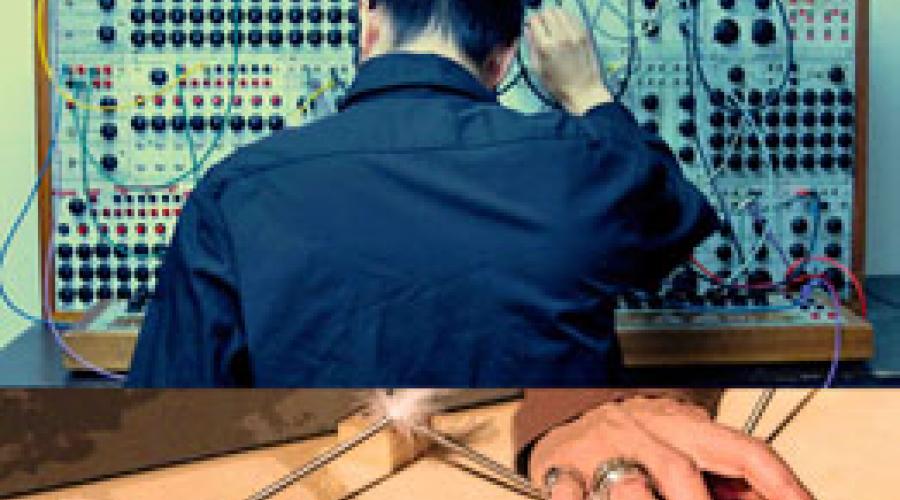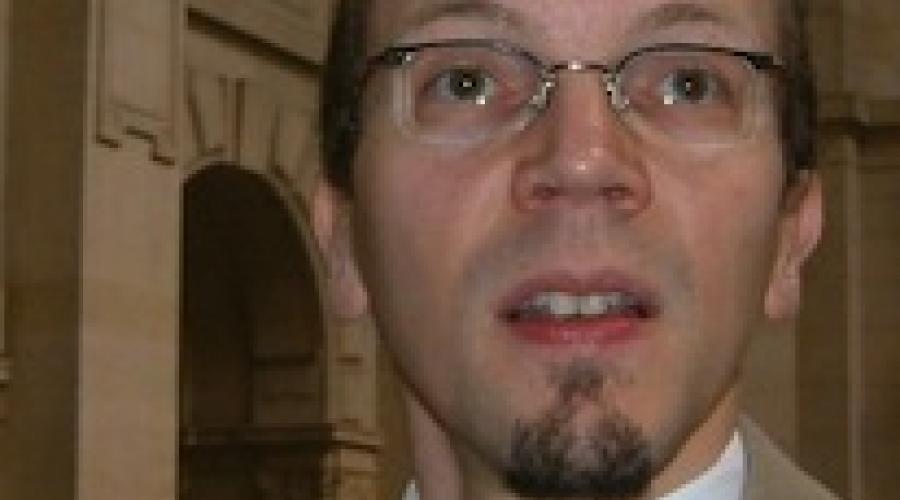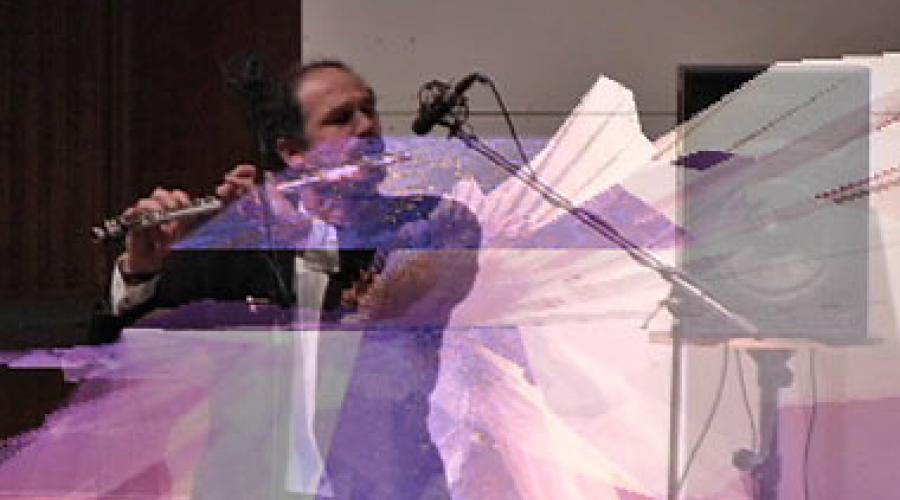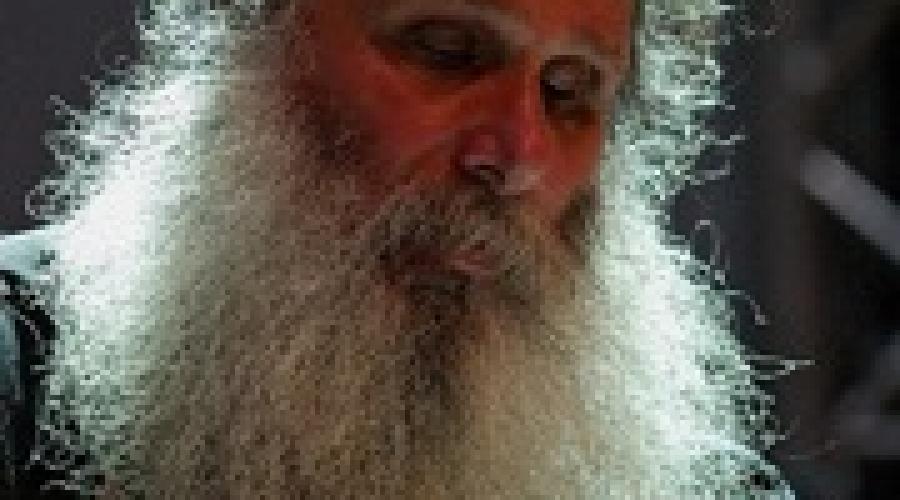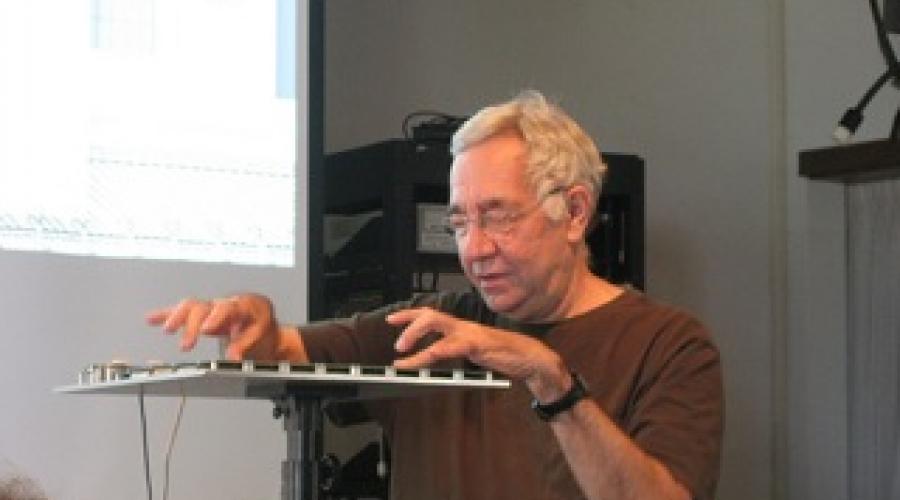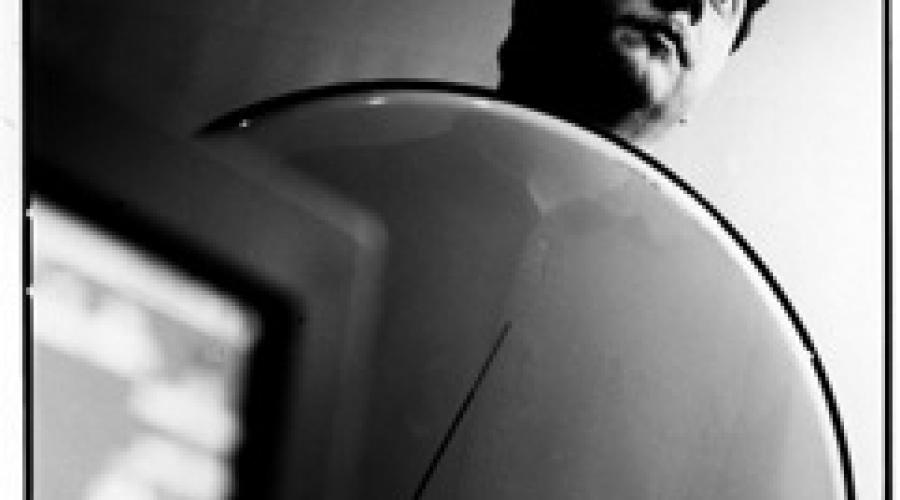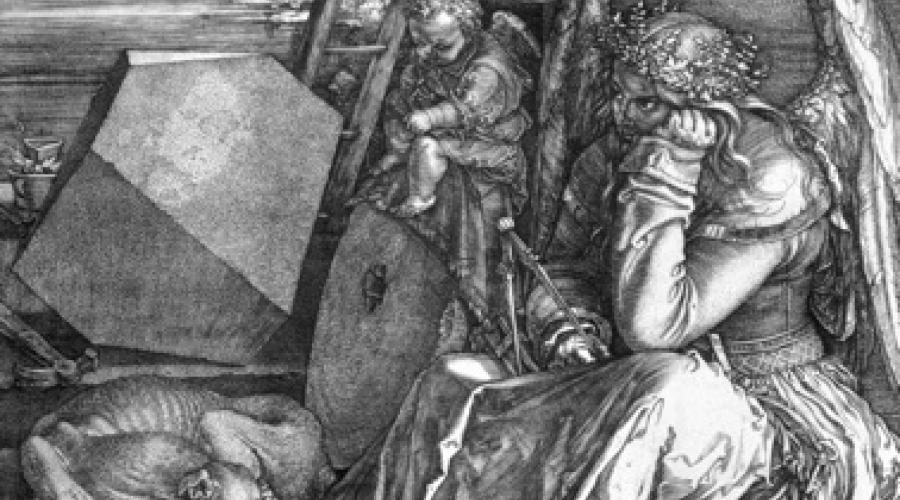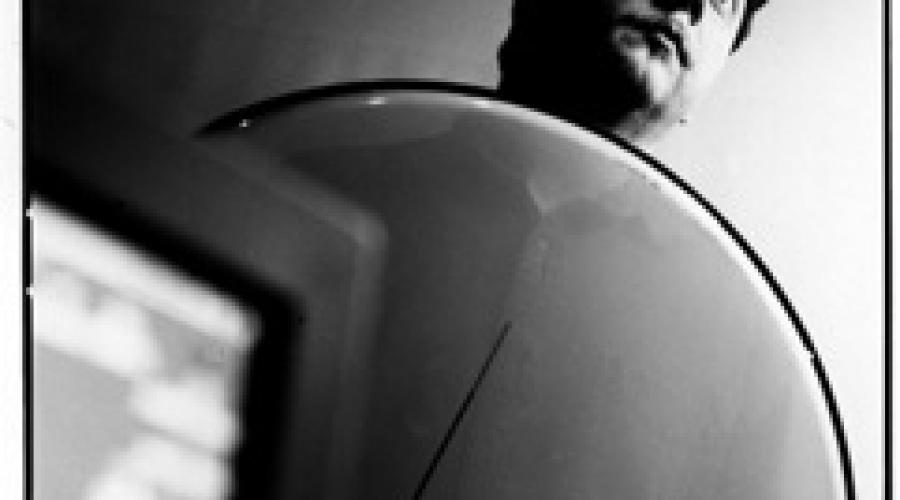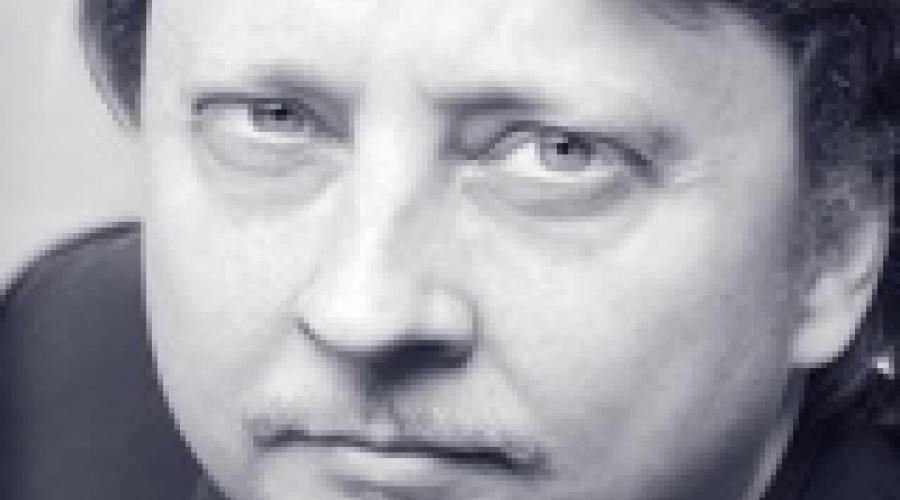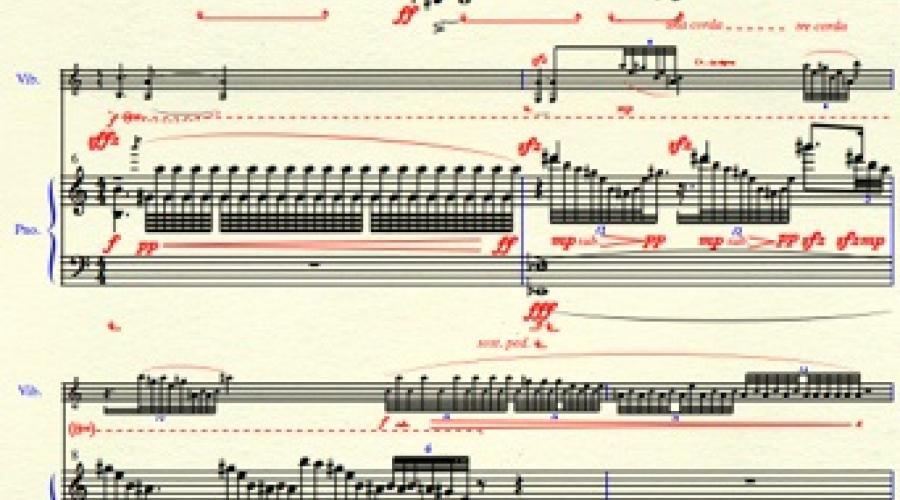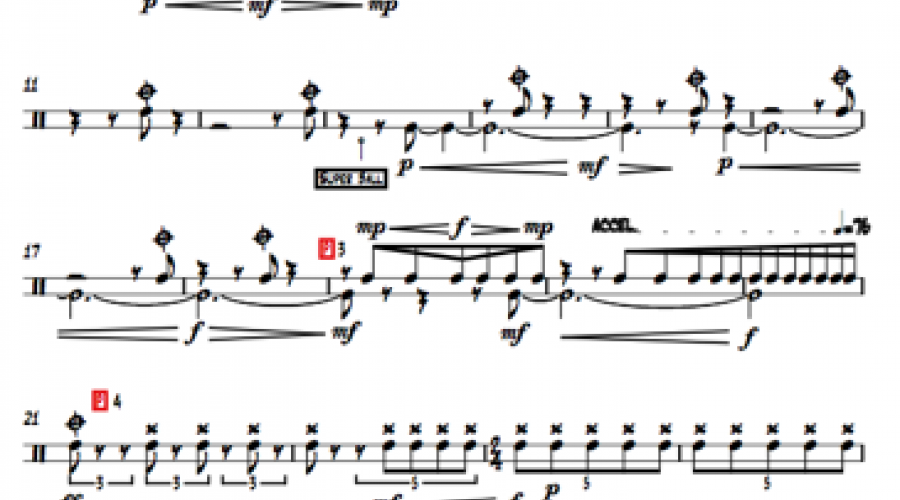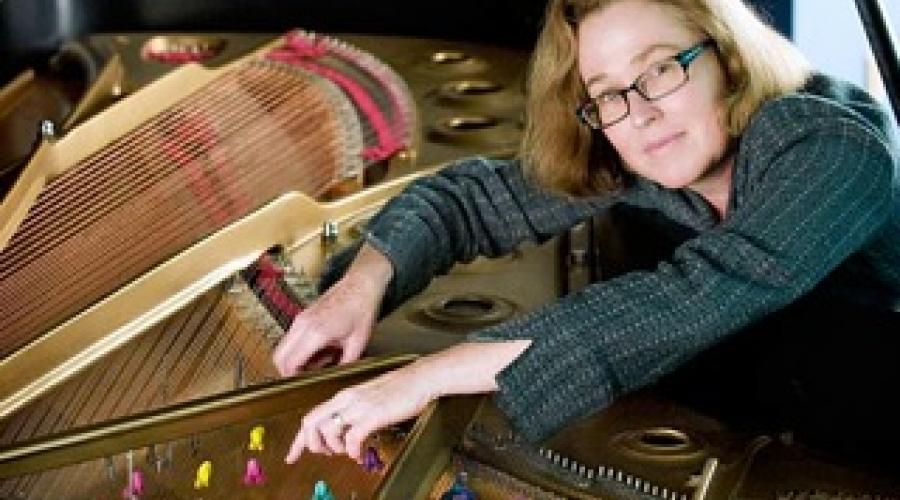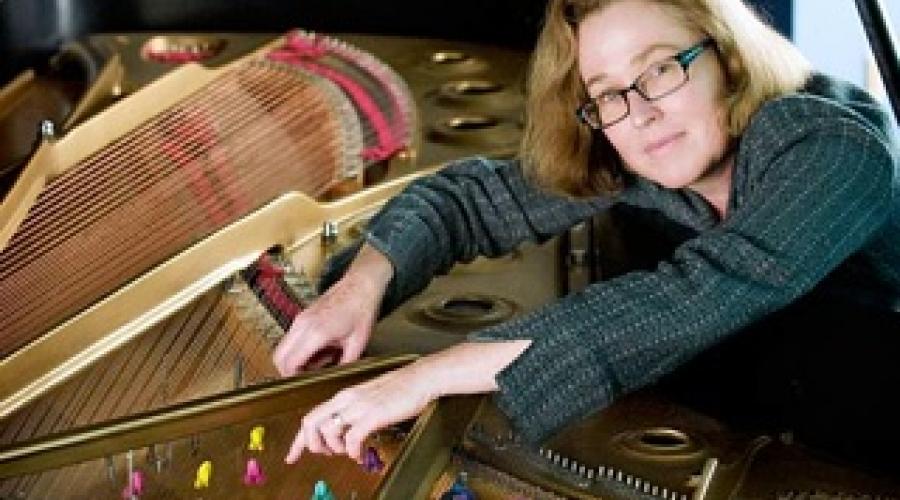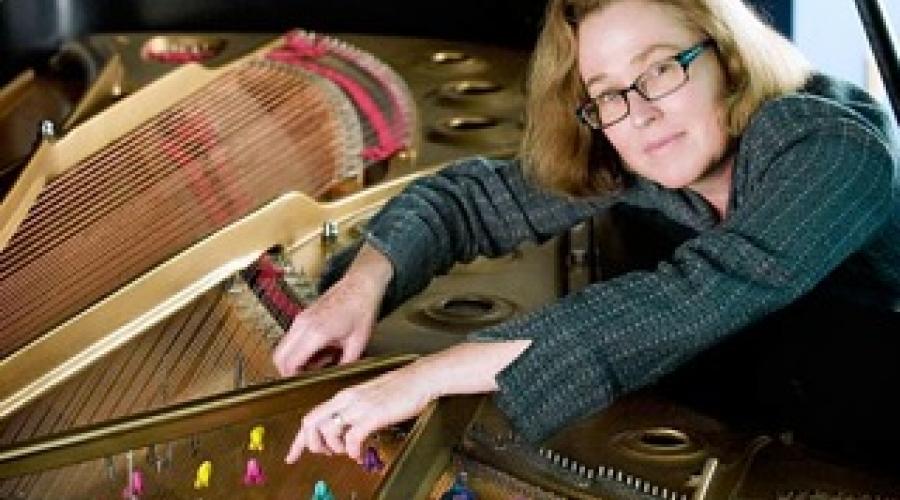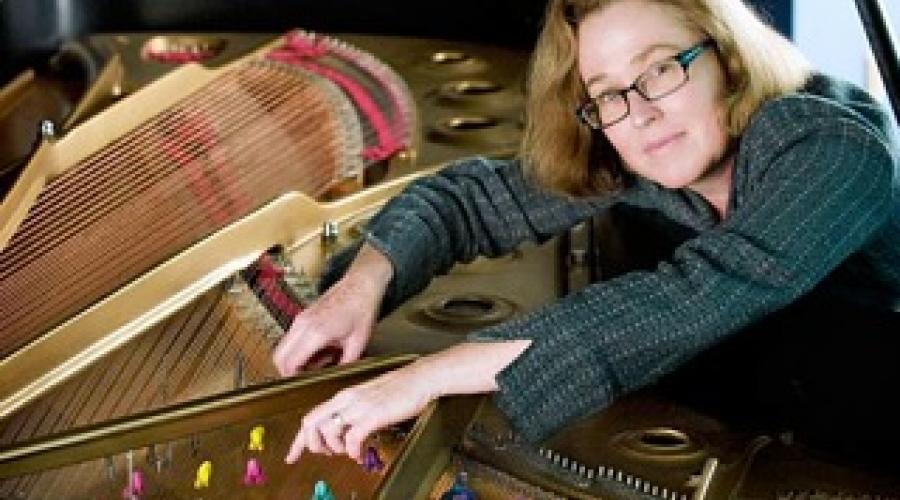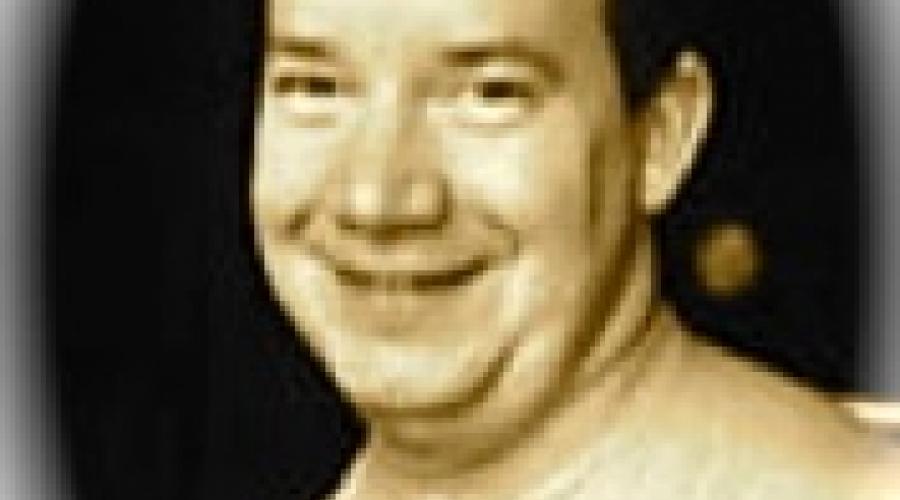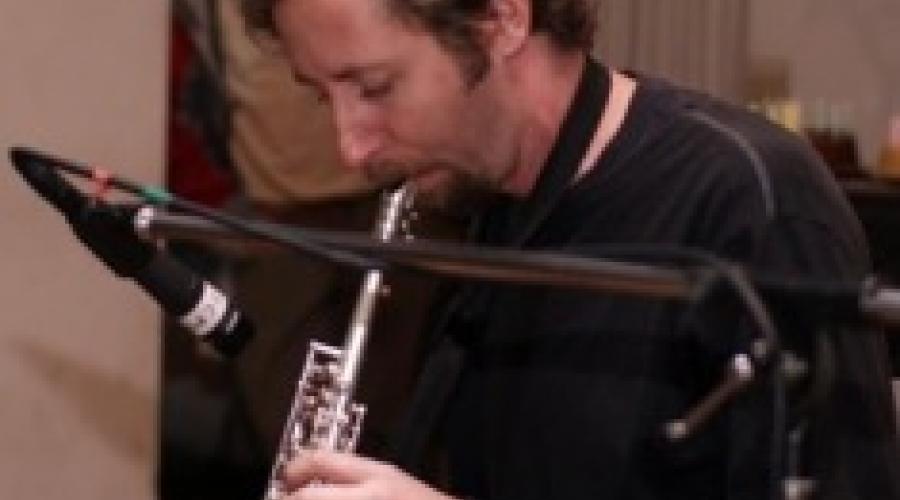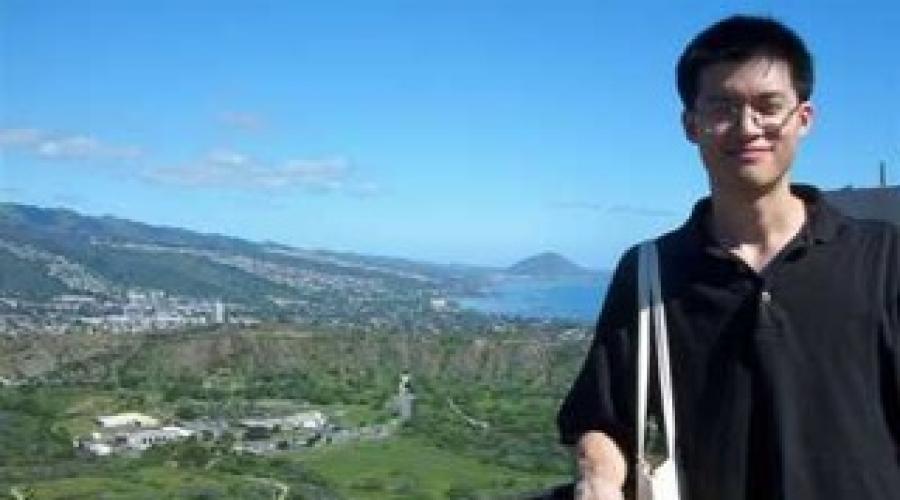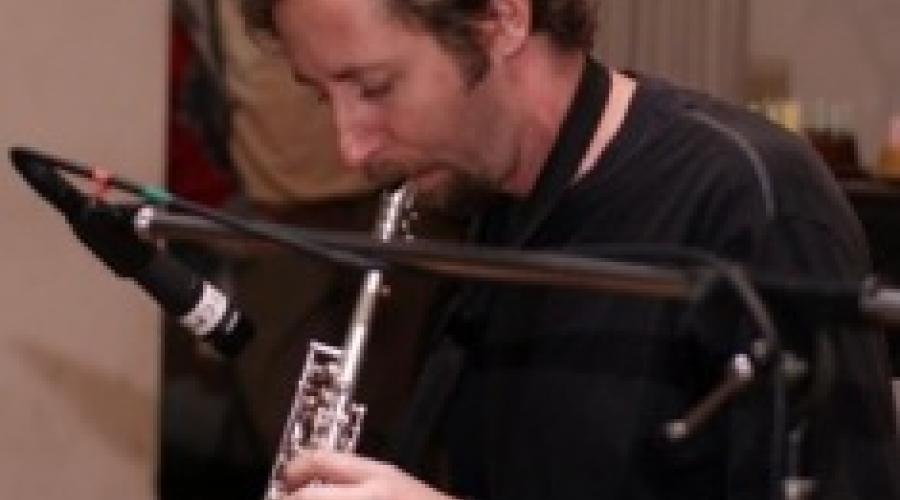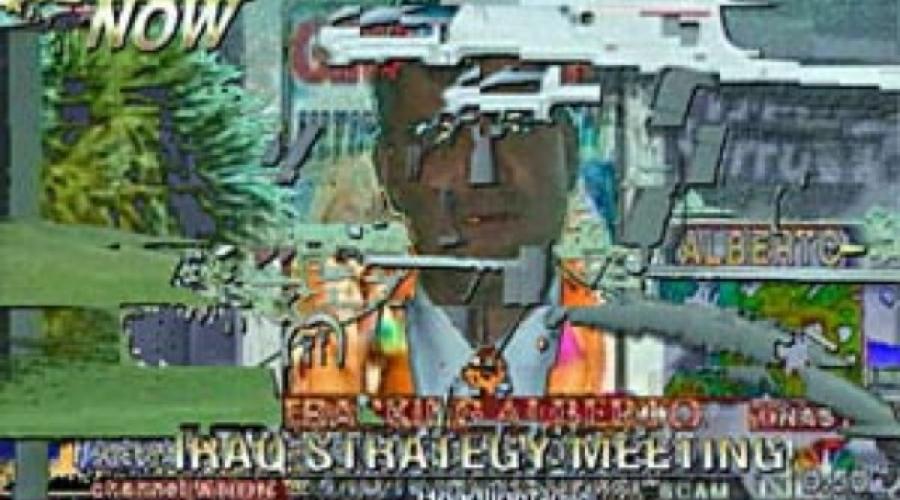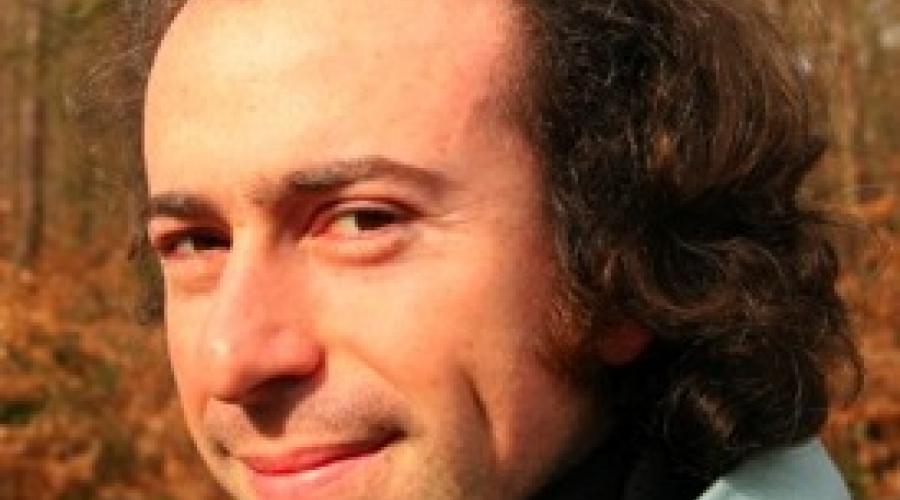Archive
CNMAT Flashback
A look back at some items in our archives.
James FEI + Laetitia SONAMI
Jan-Mark Batke (Technicolor): Spatial Audio Formats
Archive Browser
CNMAT Courses
MUSIC 29 Music Now - 4 Units
OpenSoundControl
Open Sound Control (OSC) is a protocol for communication among computers, sound synthesizers, and other multimedia devices that is optimized for modern networking technology. It was first developed at the Center for New Music and Audio Technologies by Adrian Freed, Mathew Wright, and others.
OSC has achieved wide use in fields including computer-based new interfaces for musical expression, wide-area and local-area networked distributed music systems, inter-process communication, and within single applications.
requestaneventatcnmat
Email List Registration
A Different Kind of Measure (ADKOM)
ADKOM (A Different Kind of Measure) (2001-present)
Cenzontle (Mockingbird)
Roberto Morales, Cenzontle
Skilled improvisers are able to shape in real time a music discourse by continuously modulating pitch, rhythm, tempo and loudness to communicate high-level information such as musical structures and emotion.
Earl Howard and David Wessel
Melt me so with thy delicious numbers
Melt me so with thy delicious numbers (duration 5-8') is written for solo cello, or solo violin, or solo viola with live interactive computer accompanist. The project was started in 2002, and as with all computer based music it is in continual revision.
Playback
Playback, (seven evening-length performances), Agora Festival, IRCAM, Paris, June 7-13, 1999
Playback, IRCAM production, Lausanne, Switzerland, September
Playback, IRCAM production, Metz, France, March, 2000
Année de composition : 1999
Durée : 90 mn
Information sur la création
Commande : SACD (Société des auteurs et compositeurs dramatiques - Action culturelle) et Ircam
Domus Aurea
Domus Aurea for vibraphone and piano was commissioned by Daniel Ciampolini, at the time, of the the Ensemble Intercontemporain. The piece was premiered in 2001 at the Georges Pompidou Center in Paris with the "Soloists of the Ensemble Intercontemporain."
Multiplication Virtuelle
Multiplication Virtuelle, composed by Mei-Fang Lin, is a musical work
written for solo percussionist performing on a wide array of pitched
and non-pitched acoustic instruments. Audio signals taken from
microphones placed in close proximity to each instrument are used to
control a real-time computer-based electro-acoustic component. The
En círculo
En círculo (2008) for alto saxophone, clarinet/bass clarinet, horn, trumpet, trombone, double bass, percussion, and piano
duration, 18'
excerpt performed by the San Francisco Contemporary Music Players
Listening to me practice the piano in this piece, my sister said, “I hear all sorts of natural sounds, things blowing, shaking, leaves rustling, waves rolling”.
Darsána I
Darsana I is an interactive work for a pianist playing the Yamaha Disklavier (a piano fitted with MIDI technology in its keys). I connect the Disklavier to a computer and program software to interact with a pianist. The pianist plays material which acts as triggers to the Disklavier, and causes it to respond with material I have worked out.
Hysteria
Hysteria (2000) for trombone and electronics.
music by Cindy Cox.
text by John Campion.
trombone performed by Abbie Conant
Playing a round
Program note:
A few years ago, Jane Chapman and Kate Ryder of the duo keynote+ gave a memorable concert at CNMAT. Their combination of harpsichord and prepared piano created a strikingly unusual sound-world—and I thought, what a strange and interesting combination! Such noisy pitches! I grew excited thinking about all of the new possibilities for a piece.
Singing the lines
Singing the lines (2008)
for soprano, flute/piccolo, B-flat clarinet, double bass, percussion, and piano, 9’
music by Cindy Cox
text by John Campion
I. “Light changes”
II. “Walking, Naming It”
performed by Lucy Shelton, soprano
Berkeley Contemporary Chamber Players
David Milnes, conducting
Daguerreotype
For violoncello and live electronics
Study No. 1
Study No. 1 is the first of a series of studies for piano and electronics. The piano’s role is to ‘trigger’ the electronic sounds at particular points in the score, an image of which is saved inside an MAX/MSP processing station. This gives the performer great timing flexibility.
News Cycle #2
Temper
Temper for bass clarinet and electronics

